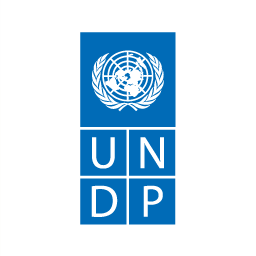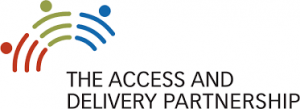India’s pharmaceutical industry is among the biggest ones in the world and plays a major role in the market especially for less developed countries. Regulatory warnings and bans on Indian drug factories for failing manufacturing standards are hitting the sector since several years. The government is making a political move to accomplish with international blames but how much concrete the change will be still remains unclear
by Pietro Dionisio
Degree in Political Science, International Relations
Cesare Alfieri School, University of Florence, Italy
International Pressure on India’s Drug Industry
The Hide-and-Seek Game of Modi’s Administration
The Indian pharmaceutical sector accounts for about 2.4 per cent and 10 per cent of the global pharmaceutical industry in value and volume terms respectively, and is expected to expand at a 15.92 per cent Compound Annual Growth Rate (CAGR) from US$ 20 billion in 2015 to US$ 55 billion by 2020.
Additionally, the government plans to set up a US$ 640 million venture capital fund to boost drug discovery and strengthen pharmaceutical infrastructure at a time when the market is dominated by generic drug industries accounting nearly 80 per cent of the whole Indian pharma production. The “Pharma Vision 2020” by the government’s Department of Pharmaceuticals aims to make India a major hub for drug discovery.
What’s more, over the last 10 years, the export of India’s generic pharmaceuticals has reshaped the global drug business. Once known as exporters of bulk active pharmaceutical ingredients (APIs), Indian generic drug makers have moved upwards on the global value chain and managed to gain a foothold in regulated markets such as the US and Europe. Nowadays, India is the largest provider of generic drugs globally accounting for 20 per cent of global generic drugs exports. This makes India a lifeline for millions of people in developing countries, especially in Africa.
But things could unfortunately change since India faces pressure from the United States (US) and Big Pharma lobbies to roll-back its in force health patent rules that still put people first against corporate profits.
In May, a first alert was played by the Narendra Modi central administration by issuing a new policy document about intellectual property rights (IPRs) at large (not only health-related). The new direction is likely to be an effect of the India-US working group created a couple of years ago to review IPRs and loosen pressure on the Country. In the document, seemingly compliant with the WTO’s agreement on TRIPS (Trade Related Intellectual Property Rights), IPRs are meant to be an economic tool allowing India to provide economic growth while safeguarding the public interest. However, just at a careful reading, the words leave room for more than one interpretation making the legislation ambiguous.
And there is more.
In an effort to improve the economy, the government is trying to reform its drugs law to make it easier for companies to do business while ensuring the safety and efficacy of medicines. As such, the government is willing to open the country to foreign investors as regards all economic, including pharmaceutical, sectors. Relevantly, the administration will allow foreign investors to buy up to 74 per cent of Indian drug companies without prior government approval.
So conceived, the move is raising concerns about its effects on domestic pharmaceutical industry. Admittedly, due to high sector fragmentation, a gradual takeover by foreign investors is likely to impair India’s role as a supplier of low-cost generic medicines to much of the world and create upheaval in the global generics market.
Not to mention that the new direction would also aim to improve regulatory standards and bring drug industry into line with global norms and enforcement of rules, including a fresh look at penalties and punishment for companies violating manufacturing and clinical trial guidelines.The move follows regulatory warnings and bans in recent years on Indian drug factories for failing manufacturing standards.
All things taken together, it is bad news for poor people that the Indian Ministry of Health and Family Welfare has been in touch with the US and EU regulators to get advices and suggestions and make the new law (likely to be ready soon) aligned with international standards. Perhaps, will there be some additional pressures on India? All people in need touch wood.
Otherwise, there is no doubt that the new bill could have the potential to solve significant issues affecting the pharma sector including relevant to the weak Indian drug control system.
Inherently, at a time when Indian drugmakers are defending themselves from poor manufacturing quality accusations from US and European regulators, or have been hauled up before the court for alleged data integrity and sanitary violations, the new bill, once enforced, could hopefully help solve the problem.
Like a coin, the political move embarked on by India shows two faces. It is not clear, indeed, if the government is really changing its position about pharmaceuticals. The words used in the official documents are ambiguous, though it is clear that the Indian administration is trying to slacken the international pressure on its drug sector. However, a real change shouldn’t preferably be made happen considering the role that Indian generic drug makers cover internationally for the sake of poor people living in less developed countries. On the flip-side, since more control on drugs quality is vital, the new law could serve as a much-needed tool.







